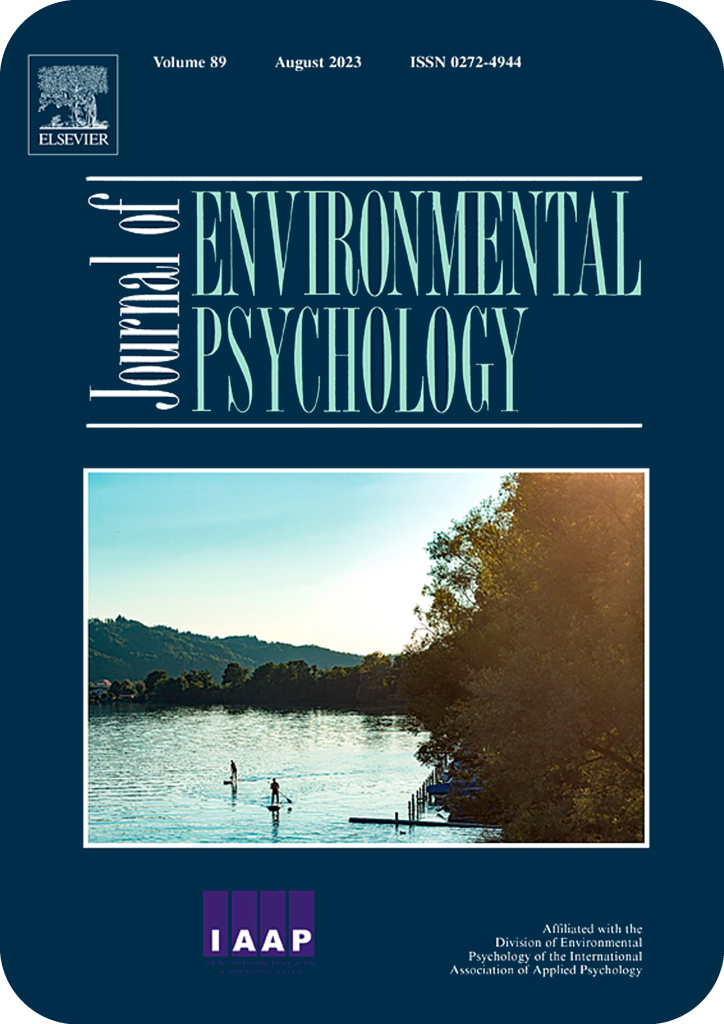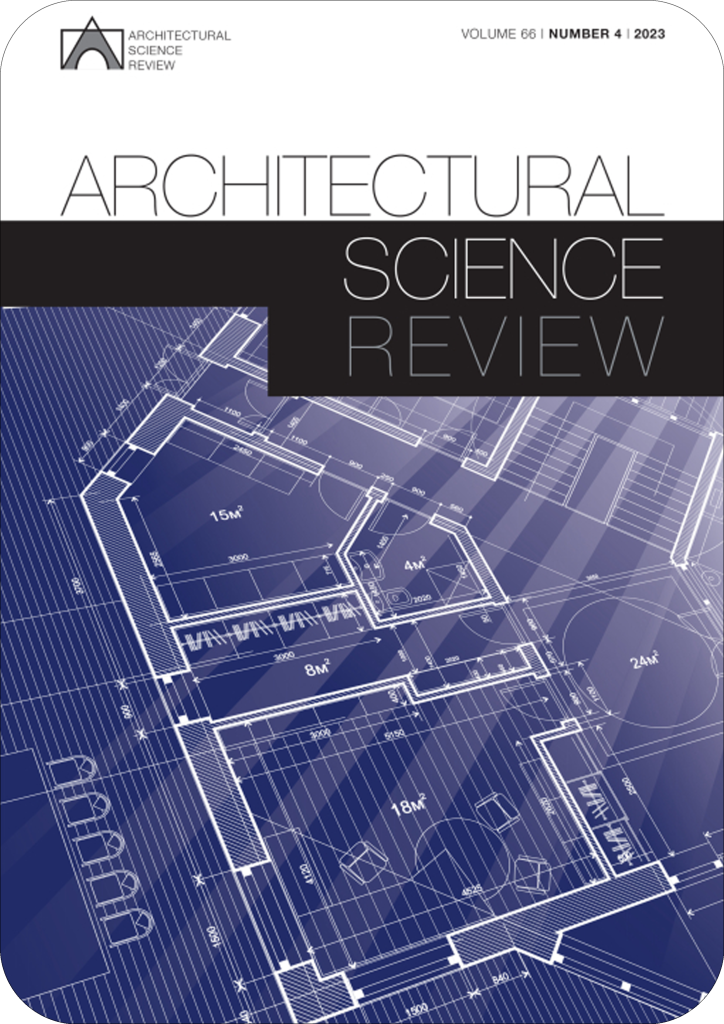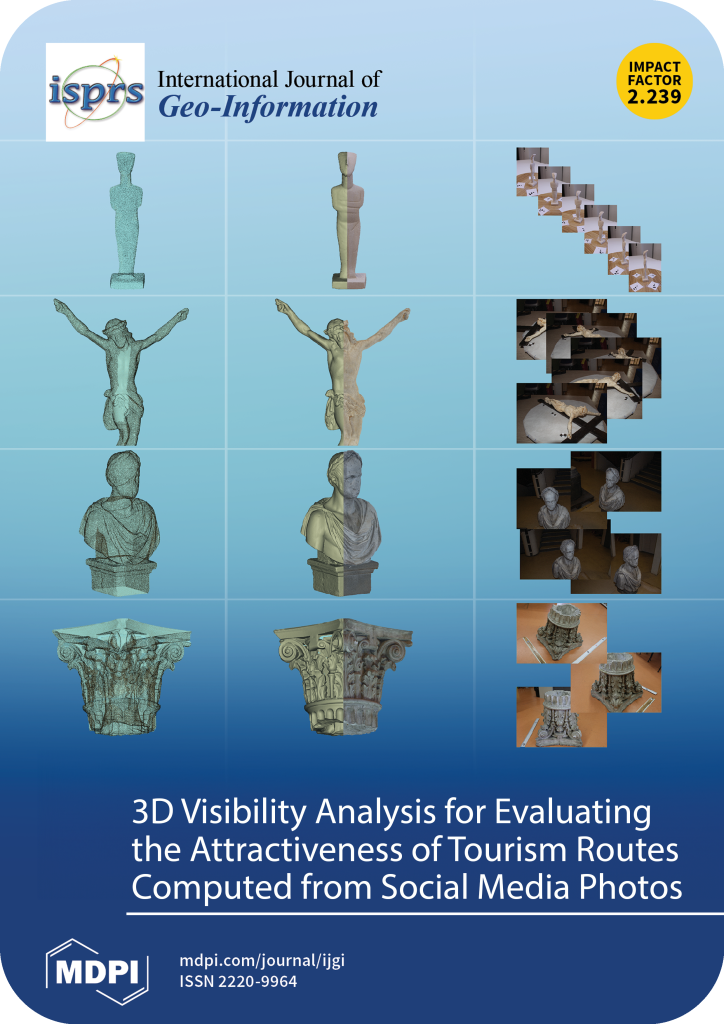
Abstract: Perceived density was examined as two architectural design features were varied: wider wall location in trapezoid-shaped apartments and window size. Subjects rated perceived density and positive affect following presentation of apartment units with these features changed but with the same amount of space. Two electroencephalogram (EEG) measures were examined: event-related desynchronization modulation (Mu-Rhythm) and Theta power – both associated with movement planning. There was an interaction of design features – the wide wall was at the entrance (appears narrowing) with a narrow window, was rated higher for perceived density compared to all other conditions. There was also an interaction for Mu Rhythm – greater modulation for incongruence: widening apartments with narrow windows or narrowing apartments with wide windows. Theta power results indicated a window size main effect – increased Theta power in wider window conditions. These findings support the idea that density perception is linked with movement planning and could lead to guidelines for architectural design in limited spaces to enhance wellbeing.
...
More Papers




